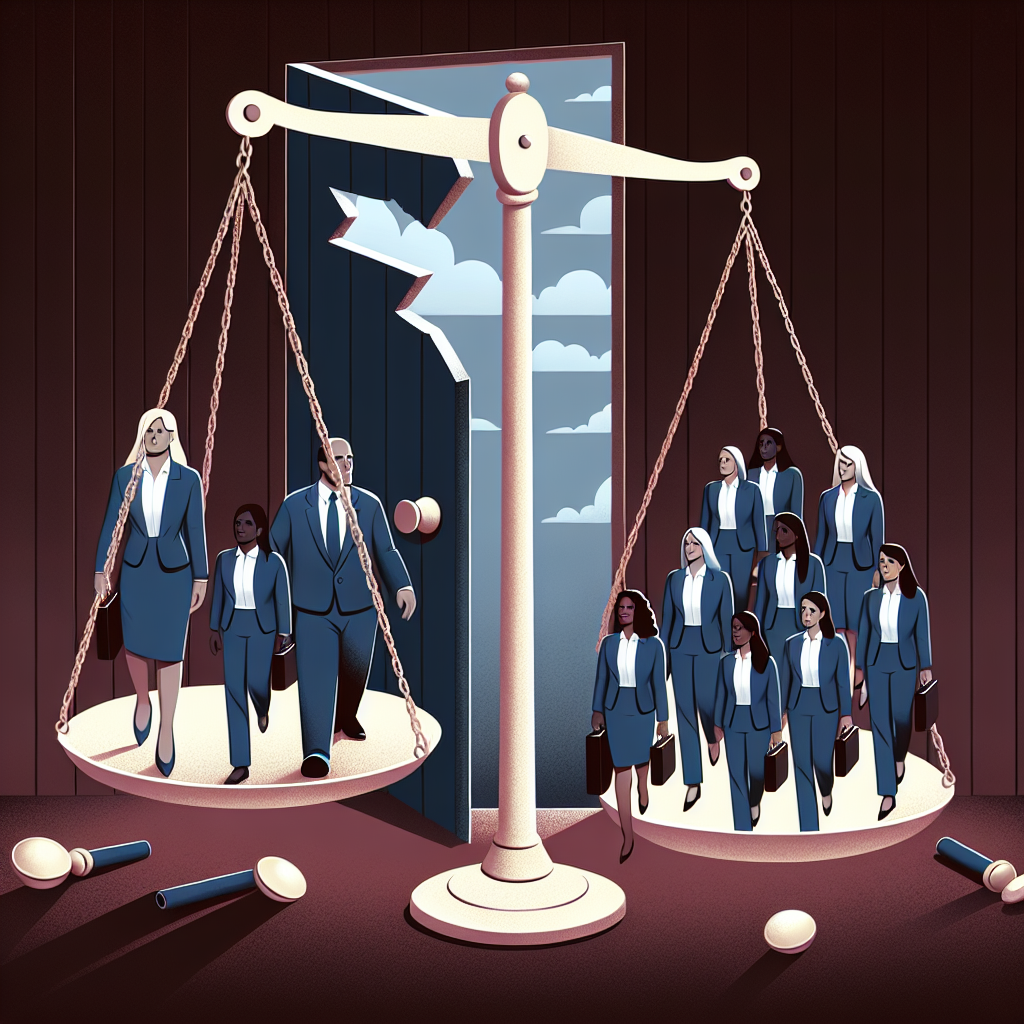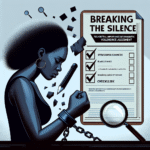
Introduction
In today’s world, the discussion around gender inequality often centers on the well-documented pay gap. However, while narrowing this gap is crucial, it represents just the tip of the iceberg. Beyond the Pay Gap: Addressing the Hidden Inequities in Gender delves into the less visible barriers that women face in the workplace and society. These include lack of representation in leadership roles, unconscious bias, work-life balance challenges, and inadequate support systems. This in-depth exploration is essential in understanding and addressing the broader spectrum of gender inequity that persists across various sectors.
The Facade of Equality: Stats and Insights
While the pay gap is a compelling statistic that has been scrutinized and analyzed extensively, it’s important to recognize that many women face complexities that numbers alone cannot capture.
Key Statistics on Gender Inequity
| Statistic | Data Point |
|---|---|
| Women in Leadership | Only 29% of senior management roles are held by women. |
| Unpaid Labor | Women perform over 75% of unpaid care and domestic work globally. |
| Workplace Flexibility | 42% of women in the U.S. report facing challenges in balancing work and caregiving. |
| Representation in STEM | Women hold only 28% of jobs in science and engineering roles. |
These statistics highlight the many layers of gender inequity. Beyond the Pay Gap: Addressing the Hidden Inequities in Gender reveals that economic disparity often translates into social, emotional, and physical barriers.
Unpacking the Hidden Inequities
1. Leadership Representation
There is a significant underrepresentation of women in executive positions and boards. Case Study: Catalyst’s Women in Leadership Report (2020) illustrates this disparity, showing that organizations with more women in leadership positions tend to outperform their competitors. Yet, the journey up the corporate ladder stymies many women.
Analysis
This lack of representation not only thwarts individual career growth but also perpetuates a culture where women’s contributions are undervalued. Importantly, organizations need to create accountability and mentorship programs to elevate more women into leadership.
2. Unconscious Bias
Unconscious bias continues to be a substantial issue in hiring, promotions, and team dynamics.
Case Study: Harvard Business Review’s Bias in the Workplace
The study highlighted how the same qualifications can be perceived differently based on gender. A male candidate might be seen as assertive, whereas a female candidate with the same attributes could be labeled as aggressive.
Analysis
This duality not only affects hiring practices but also leads to unequal growth opportunities. Beyond the Pay Gap: Addressing the Hidden Inequities in Gender requires organizations to adopt bias training and evaluation techniques to wrestle down these stereotypes.
3. Work-Life Balance
The challenge of achieving work-life balance is more pronounced for women, who often juggle professional responsibilities alongside family obligations.
Case Study: Pew Research Center on Work-Life Balance
A recent survey revealed that 60% of mothers find it challenging to meet their professional obligations while managing household duties.
Analysis
Companies need to offer flexible schedules and parental leave policies. By prioritizing work-life balance, organizations can foster a more inclusive environment where women aren’t forced to choose between their careers and families.
4. Lack of Support Systems
Many women lack the necessary support systems needed to climb the corporate ladder effectively.
Case Study: The Importance of Mentorship Programs
Research by McKinsey & Company shows that women with mentors are more likely to achieve career advancements compared to those without mentors.
Analysis
Creating robust mentorship programs can empower women and provide them with the guidance needed to navigate complex corporate environments. This is crucial for Beyond the Pay Gap: Addressing the Hidden Inequities in Gender.
5. Gendered Expectations in Professional Spaces
Expectations based on gender can limit opportunities.
Case Study: Lean In Circles
Facebook’s initiative to create Lean In Circles encourages women to share experiences and lift each other up. This highlights a support system that counters traditional gender expectations.
Analysis
Such initiatives underscore the importance of communal support in combating deeply rooted societal norms that hinder women’s professional growth.
Creating a Comprehensive Plan for Change
Moving Beyond the Pay Gap: Addressing the Hidden Inequities in Gender requires focused strategies:
1. Policy Interventions
Establish laws and regulations that promote gender equality in all sectors.
2. Organizational Accountability
Organizations should set targets for gender representation and regularly report on them.
3. Training Programs
Invest in training programs that address unconscious bias and promote diversity and inclusion.
4. Empowerment Initiatives
Encourage women to pursue leadership roles through networking, mentorship, and skill-building workshops.
Conclusion
While discussions often focus on the pay gap as the primary indicator of gender inequality, the truth is that there are many layers to this issue. Beyond the Pay Gap: Addressing the Hidden Inequities in Gender calls upon individuals, organizations, and policymakers to widen the lens through which we view gender equality. By recognizing and addressing these subtler inequities, we make significant strides towards creating a world where all individuals can thrive, regardless of gender.
FAQs
1. What is the pay gap, and why is it important?
The pay gap refers to the difference in earnings between men and women. It’s important as it reflects broader issues of inequality and affects women’s economic independence.
2. What are some examples of hidden inequities in gender?
Examples include unconscious bias in hiring processes, lack of women in leadership roles, and disproportionate responsibilities in unpaid labor.
3. How can organizations address these hidden inequalities?
Organizations can implement training programs to tackle bias, establish flexible work policies, and create mentorship opportunities for women to empower their growth.
4. Why is work-life balance particularly challenging for women?
Women often face societal expectations to manage both professional and domestic responsibilities, creating a dual burden that complicates their ability to achieve balance.
5. How can individuals contribute to addressing these issues?
Individuals can advocate for equality in their workplaces, support women in leadership roles, and participate in mentorship or awareness programs that focus on gender equity.
By addressing these issues head-on, we can build a more equitable society, uplifting and empowering everyone to reach their full potential.

















